نقد و بررسی اجمالی
هومیوپاتی – هامیوپاتی – هومیوپتی
Homoeopathy and Minerals – Jan Scholten
خلاصه کتاب:
This book describes the use of minerals in homeopathy. De remedies that are discussed are mostly combination remedies, or salts. Especially unknown remedies are discussed, such as Calcium muriaticum en Barium fluoratum. Group analysis The method of analyzing used in this book is of the highest importance. The method is called “Group analysis”. The essential characteristics are extracted from a group of remedies with the same element, for instance Natrium. These characteristics are then applied to all the Natriums like Natrium fluoratum. This group analysis makes it possible to predict the homeopathic pictures of unknown remedies. It’s a creative way to handle the huge amount of information in homeopathy. The reader of this book will be able to advance on the road of developing new pictures with the aid of the group analysis.
Foreword
A look behind the scenes.
For many years Jan Scholten, general practitioner and homoeopath, has been expressing his unhappiness about the gaps and the lack of system in our knowledge of homoeopathic remedies.
On one side there is a group of homoeopathic remedies, the so-called polychrests, about which a lot, perhaps too much, information is available. On the other side there is a very large group of remedies about which very little, if anything, is known. It is this last group, however, which plays a large role in Jan Scholten’s practice. That is why one of his expressions is that ‘small remedies don’t really exist, only little-known ones’. As a pioneer in the use of these remedies which are, in his eyes, often unjustly neglected, he sometimes appears to have a blind spot where the better-known remedies are concerned. But generally -on the other handwe (his colleagues at the Homeopatisch Artsencentrum Utrecht) still tend not to recognise the unknown and the therefore as yet unloved.
Within our group practice we are constantly surprised by, and treated to, new images of both unknown and known remedies. This makes us look at our patients in more detail so that we may be more able to help them. If an outsider asked me where Jan Scholten gathers the knowledge about these remedies, I would answer that it would be a better question to ask: where doesn’t he gather his knowledge from? As a homoeopathic physician he opens himself to receive knowledge from all areas, but with one clear goal in mind: the further development of homoeopathy. That is the focus of the knowledge he has thus acquired.
This gathering of knowledge does not happen without criticism on the way. It is his patients who have the final word. Ultimately they are the ones who can tell us whether our ideas about our remedies are true. This applies not only to the aforementioned unknown remedies, but also to the so-called polychrests. To put it briefly, the evaluation of that which changes in our patients on the physical and on the psychical level is of great importance. That this is especially important with remedies with a yet unknown picture becomes apparent in this book. Most homoeopaths start with a proving as a basis for a better knowledge of the remedies. Jan Scholten has the viewpoint that the patients are the people who are best able to tell us what is happening with them after they have been helped by a homoeopathic remedy. In order to get to know more about the action of our remedies we do need to go deeper into the general psychological aspects of a case. We should not be content merely with the disappearance of symptoms.
A very important and new step that is being described in this book is the way of bringing a system into the study of remedies. Until now our knowledge has been rather haphazard. We see this not only in the pictures of individual remedies, which often consist of a disordered heap of symptoms. We see this even more clearly in groups of remedies which, although botanically or chemically related, at first sight hardly seem to have any relationship with each other homoeopathically. This book gives an analysis of composites which are chemically related. If we were to compare for instance all Natrum composites with each other then it would lead to a considerable step forward in our understanding if we knew what the Natrum part contributes to this composite. In short, the first step is to define the separate elements. The next step is to understand the dynamic interaction of these elements within their different composite states.
These are the steps that are being taken for us in this book. Sometimes we can, with our available knowledge of Materia Medica, understand the result of these steps. Read for instance the analysis of Natrum muriaticum with the idea, already described by Hahnemann, that mother has died (1985, Vol. 2, page 1078; the original text in Chronic Diseases, page 536, paragraph 97, reads: ‘Gedachtniss-Mangel, dass er glaubte, seine (stundlich anwesende) Mutter sey gestorben, weil er sich nicht erinnern konnte, sie . In Tafel’s translation this reads: ‘Lack of memory, so that he thought his mother (though continually present) has died, because he did not remember having seen her’). Often the ability of the writer to connect creatively his information from different sources, especially the source of his patients, doesn’t make it easy for us to follow. It won’t always be easy for the reader to appreciate the true value of the painted picture, in which case only one piece of advice, given by Hahnemann, will help: ‘Aude Sapere’ (Dare to know). Dare to know, because it is not only a collection of very interesting remedies that this book has to offer. Its value lies even more in the way of thinking that forms the foundation of these pictures. When we have mastered this, then we ourselves can explore the elements described in this book even further and connect them in a creative way. I myself have already started to put it into practice. We can even apply this method to elements that have not been IQ described yet.
This is how this book can mark the beginning of a significant step forward in the practice of homoeopathy and we can see it as the first Organon workbook in the field of knowledge of homoeopathic remedies. It is in daily practice that the rough diamonds which have been mined for us by Jan Scholten need to be polished in order to shine in their full brilliance.
Rienk Stuut
فهرست مطالب:
نویسنده: Jan Scholten
سال نشر: ۲۰۰۶
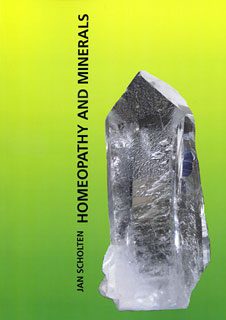
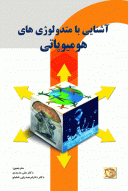
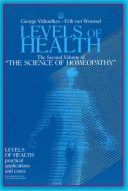
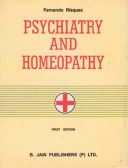
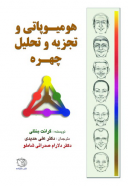
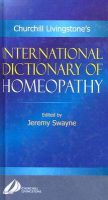
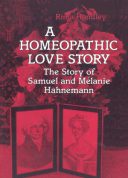
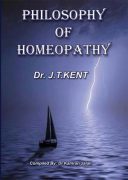
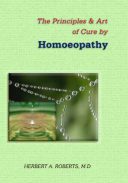

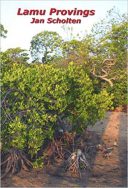
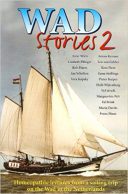
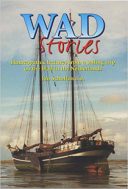
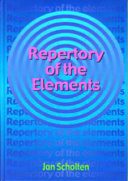
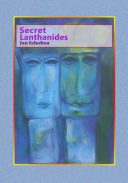
دیدگاهها
هیچ دیدگاهی برای این محصول نوشته نشده است.